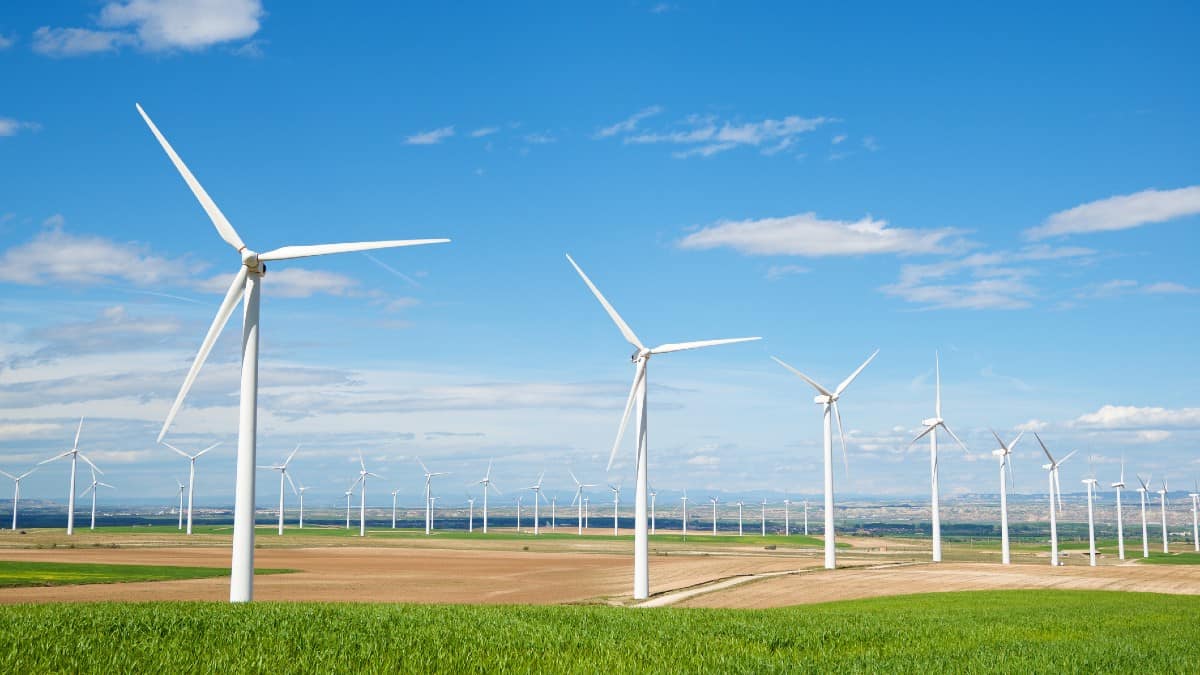It’s been a difficult year in the UK energy market. Gas and electricity prices have gone through the roof. The share price of utility group SSE (LSE: SSE) has been unusually volatile, registering big swings up and down.
Earlier this year, investors were expecting bumper profits from utility stocks. But it hasn’t turned out that way. SSE shares are down by 7% so far this year, at the time of writing.
Admittedly, shareholders have received two chunky dividends. But my sums tell me that if I’d invested £1,000 in SSE shares at the start of January, I’d only have £980 today, including dividends.
Does this mean that SSE is a bad investment? Not necessarily.
I think SSE has a solid future. But events this year — and the challenge of working towards net zero — mean that there are still some risks to consider.
Will surging profits trigger a windfall tax?
SSE’s share price tumbled in May after the company reported a 23% increase in profits for the year to 31 March. The government was threatening utilities with a windfall tax, the details of which were unclear.
We still don’t know if utilities will face a windfall tax. But SSE hopes to discourage a tax raid by promising to invest any additional profits it makes from soaring energy prices into network upgrades.
Net zero is another big challenge. SSE is already the UK’s largest renewable generator. But the group plans to invest £2.5bn on energy assets this year, and at least £25bn over the coming decade. I think this level of spending could put pressure on future profits and dividends.
One further risk is that the pricing system for electricity could change. SSE is one of several companies currently talking to the government about new fixed-price contracts. It’s not yet clear how they’d work or what the impact might be on profits.
Bumper profits, but a dividend cut
SSE expects to report adjusted earnings of at least 120p per share this year. That would be a 25% increase on last year’s earnings.
Broker forecasts suggest profits will remain at a similar level over the next couple of years, as the company benefits from hedging arrangements covering future sales.
Despite this strong outlook for profits, SSE is still expected to go ahead with a planned dividend cut next year. The company plans to cut the payout to 60p in 2023/24, down from a forecast level of more than 90p in 2022/23.
I reckon SSE’s falling dividend may be one reason for its weak share price performance. If management go ahead with the cut as previously planned, SSE’s dividend yield will fall from 6% to just 4% next year.
With interest rates rising, I might want more than a 4% income from a slow-growing utility business.
SSE shares: what I’d do
Next year’s planned dividend cut is disappointing, but I think it’s probably the right thing to do. SSE needs to make sure that its dividend is sustainable, even if profits fall and spending rises.
On balance, I think SSE shares are probably priced about right at current levels. I might consider buying the stock as a long-term income investment, but right now I think there are better choices elsewhere.
